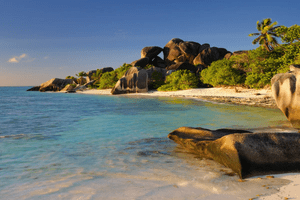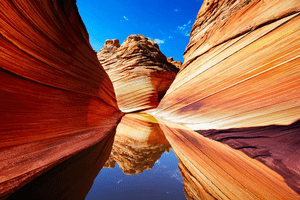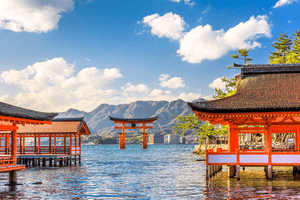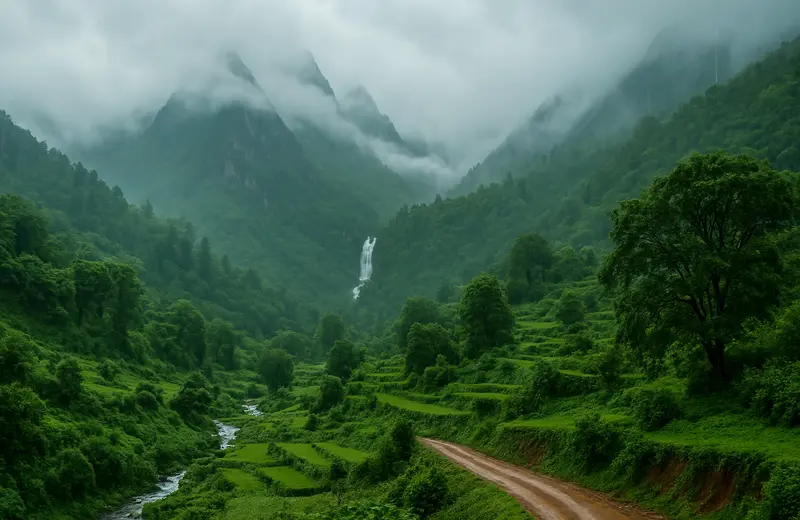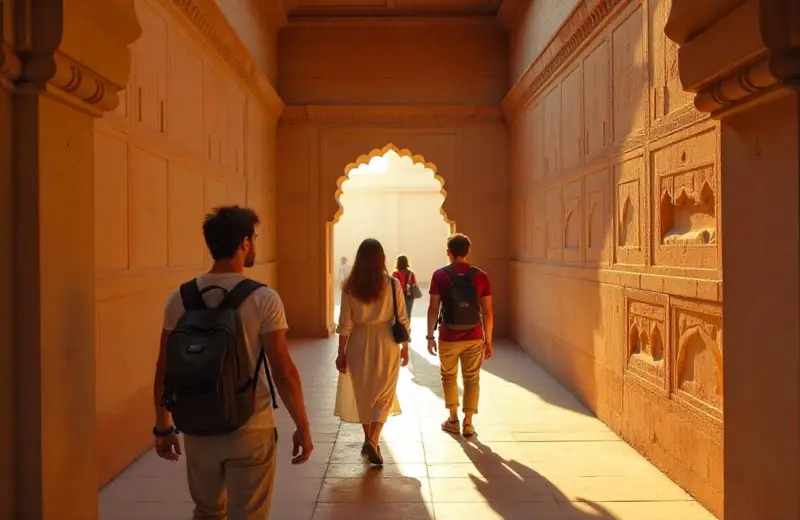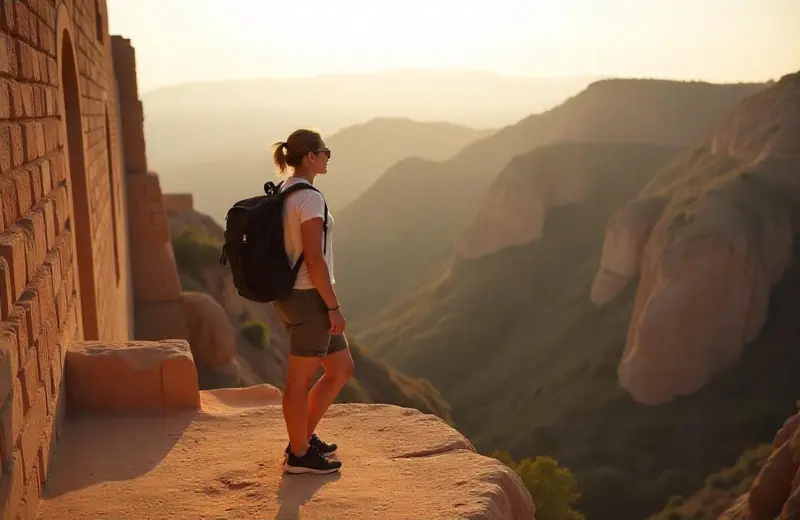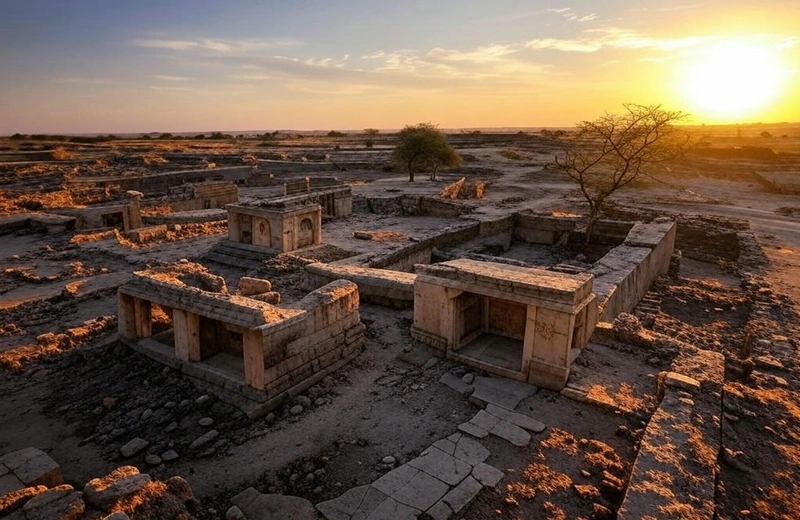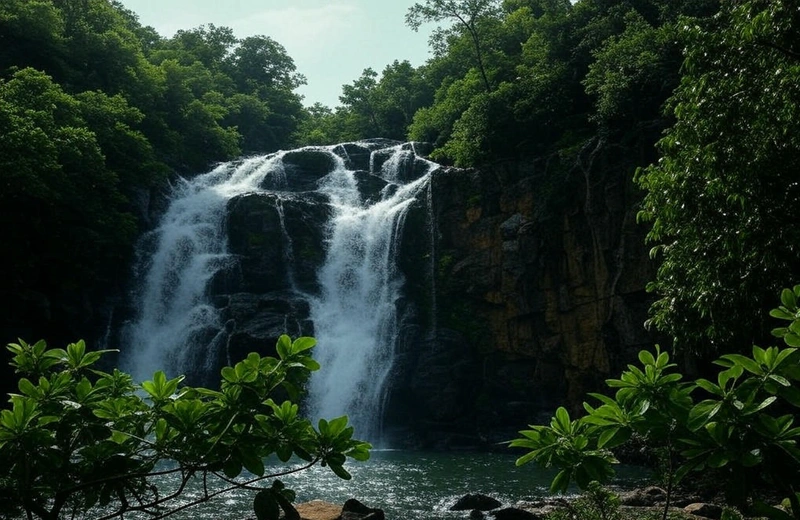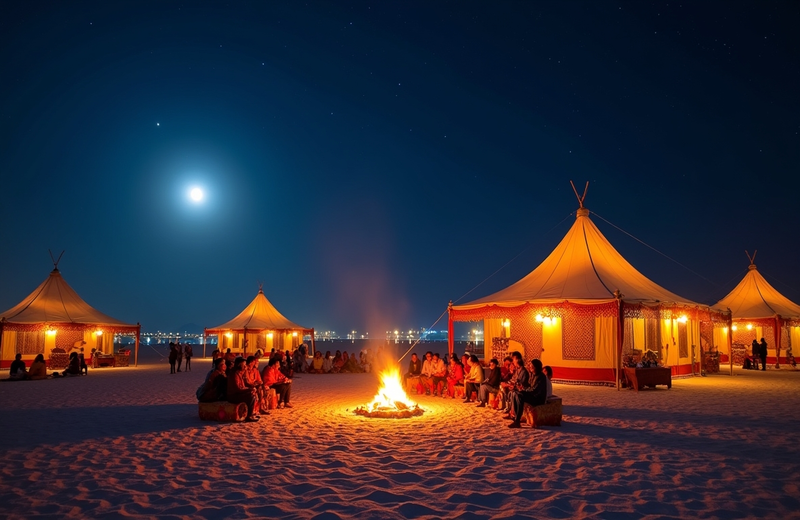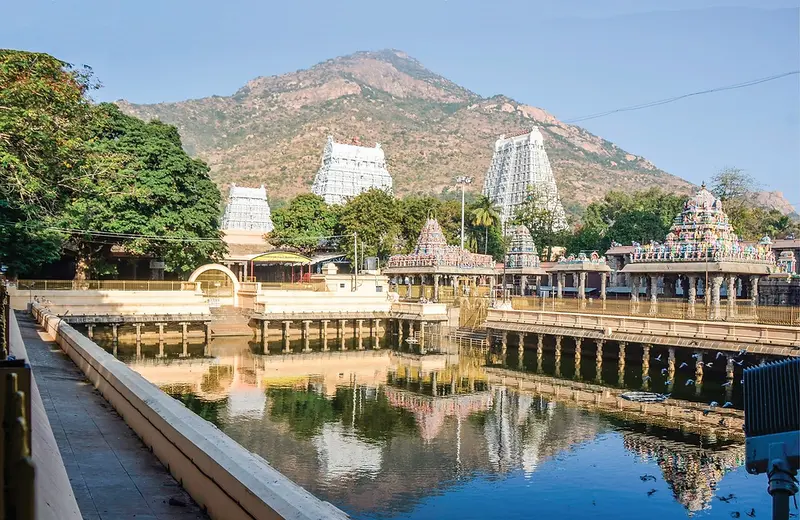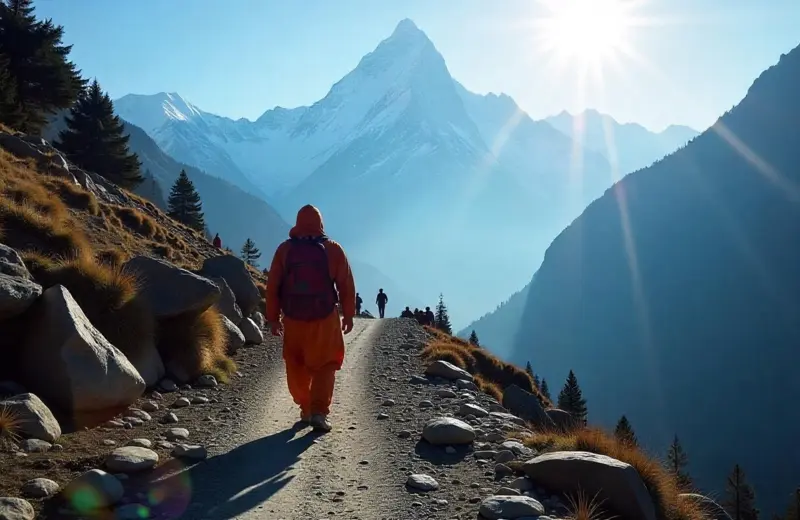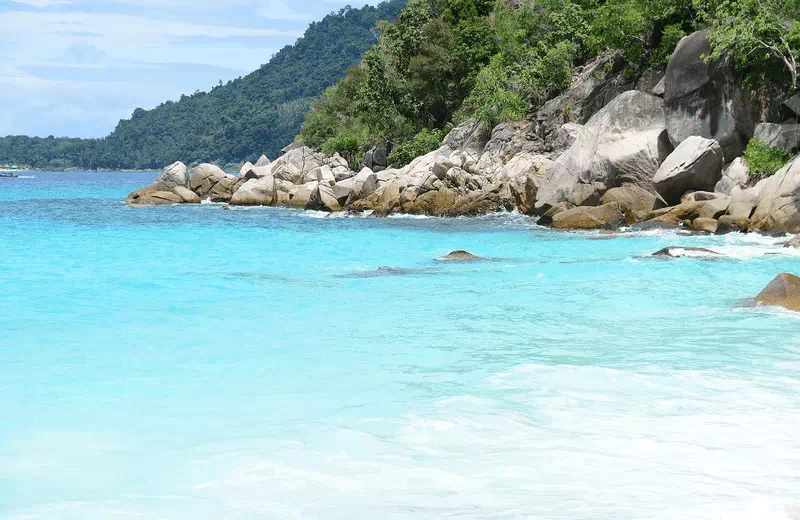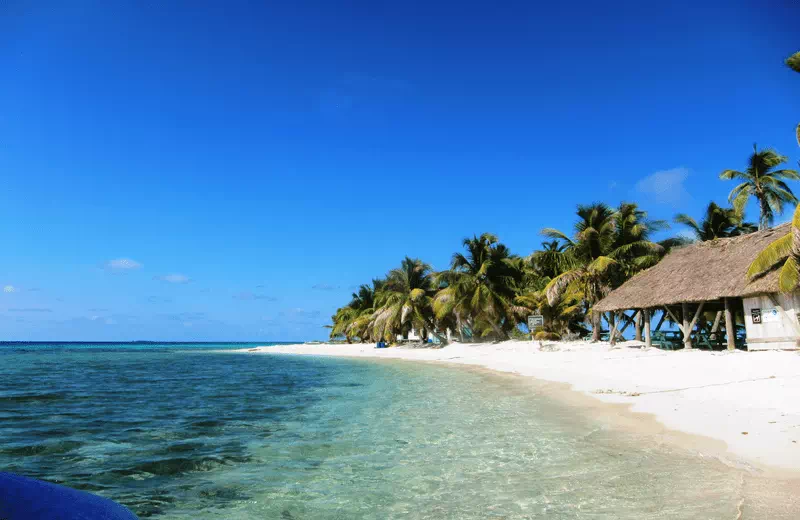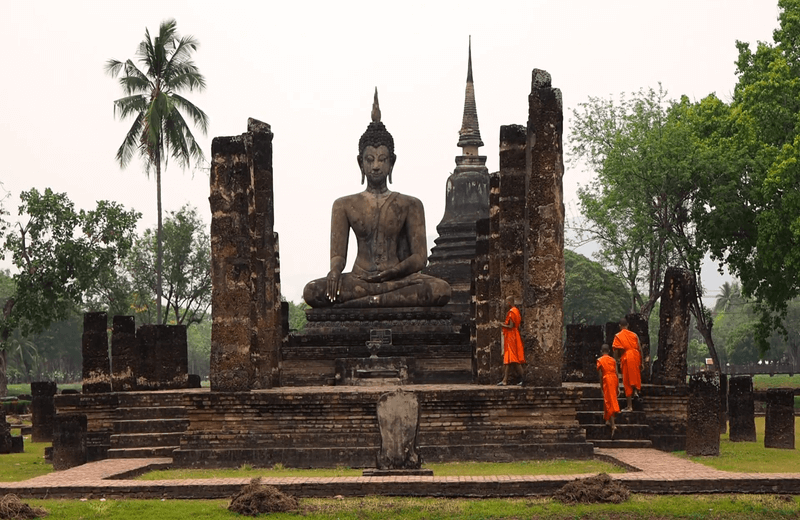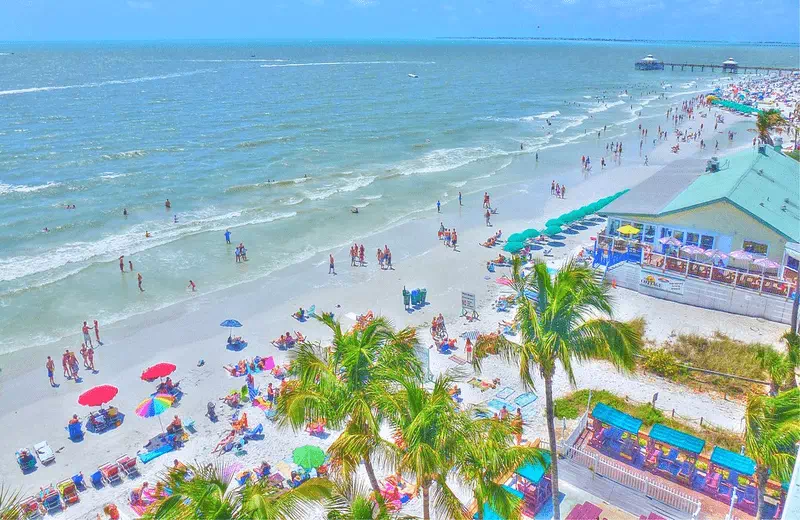How to Plan a Budget Trip to Rann of Kutch in 2025: A Step-by-Step Guide for Thrifty Travelers
Traveling to the Rann of Kutch in Gujarat, India, is like stepping into a surreal dreamscape—a vast, shimmering white desert under endless skies, dotted with vibrant culture and unique experiences. But here’s the catch: planning a trip to this magical destination doesn’t have to drain your savings. With some smart strategies, you can explore this gem on a budget in 2025 without missing out on its essence. Whether you’re a solo wanderer, a couple seeking adventure, or a family craving a memorable getaway, this guide will walk you through every step to plan a budget trip to Rann of Kutch in 2025. Let’s dive in and make your dream trip affordable and unforgettable!
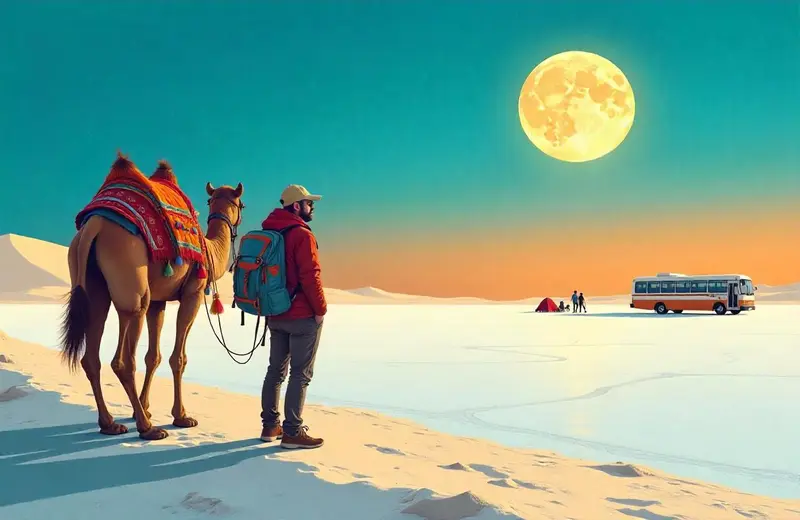
Step 1: Timing Your Trip Right for Savings
The first secret to a budget-friendly Rann of Kutch trip is picking the perfect time to visit. The Rann Utsav, a grand festival celebrating the region’s culture, runs from November to February, peaking around December and January. While it’s tempting to join the crowds during this time, prices for accommodation, transport, and food skyrocket due to high demand.
For a wallet-friendly alternative, aim for the shoulder season—late October or early March. The weather is still pleasant (15–25°C), the salt desert retains its charm, and you’ll dodge the festival frenzy. Fewer tourists mean lower rates on everything from homestays to local guides. Plus, you’ll get a more authentic, peaceful experience—perfect for soaking in the solitude of the white Rann.
Pro Tip: Check the lunar calendar! A full moon night in the Rann is pure magic, with the salt flats glowing under moonlight. Plan your budget trip to Rann of Kutch in 2025 around this natural spectacle for free awe-inspiring views.
Step 2: Getting There Without Breaking the Bank
Reaching the Rann of Kutch affordably starts with choosing the right transport. The nearest major city is Bhuj, about 80 km from the desert. Here’s how to get there on a budget:
- By Train: Indian Railways is your best friend for cheap travel. Book a sleeper class ticket from cities like Ahmedabad (8–10 hours, INR 300–INR 500) or Mumbai (16–18 hours, INR 600–INR 800) to Bhuj. Use the IRCTC website and book 2–3 months in advance for the lowest fares. Avoid AC coaches unless you’re splitting costs with a group.
- By Bus: State-run GSRTC buses or private operators like Patel Tours offer overnight journeys from Ahmedabad to Bhuj for INR 250–INR 400. Look for “non-AC semi-sleeper” options—they’re comfy enough and save you a night’s accommodation cost.
- Last Mile: From Bhuj to the Rann (Dhordo or Kala Dungar), shared jeeps or autos cost INR 50–INR 100 per person. Bargain politely—locals are friendly but expect a haggle!
Budget Hack: Traveling with friends? Pool funds for a private cab from Bhuj (INR 1,500–INR 2,000 round trip) and split the cost. It’s cheaper than individual tickets during peak season.
Step 3: Affordable Stays That Feel Like Home
Accommodation can make or break your budget. During Rann Utsav, luxury tents charge INR 5,000–INR 10,000 per night, but you don’t need to splurge to enjoy the experience. Here are smarter options for 2025:
- Homestays in Bhuj or Nearby Villages: Places like Hodka and Dordo offer cozy homestays for INR 800–INR 1,500 per night, often including home-cooked meals. You’ll stay with locals, enjoy authentic Kutchi hospitality, and save big. Book via local tourism boards or apps like Airbnb.
- Dharamshalas: Basic but clean guesthouses near Bhuj cost INR 300–INR 700 per night. They’re ideal for solo travelers or pilgrims visiting nearby Dattatreya Temple at Kala Dungar.
- Camping on a Budget: Bring your own tent and camp at designated spots near Dhordo (with permission). A one-time permit fee of INR 200–INR 300 lets you pitch for free under the stars—an unbeatable deal for nature lovers.
Money-Saving Tip: Avoid package deals unless they include transport, stays, and meals at a steep discount. Compare standalone bookings first—they’re often cheaper.
Step 4: Eating Like a Local on a Dime
Food is a highlight of any trip, and Kutch offers delicious, affordable options if you know where to look. Skip overpriced tourist cafes and dive into local flavors:
- Dhabas and Street Stalls: A plate of Kutchi dabeli (spicy potato bun) costs INR 20– INR 30, while a hearty thali with bajra rotla, kadhi, and veggies is INR 80– INR 120 at roadside eateries in Bhuj or Dhordo.
- Self-Cooking: If you’re camping or staying at a homestay with a kitchen, buy supplies from Bhuj’s markets. A kilo of rice, veggies, and spices won’t cost more than INR 150– INR 200, feeding 4–5 people.
- Festival Freebies: Outside peak season, some villages host small cultural events with free snacks like thepla or khichdi—keep an ear out from locals!
** Insider Trick**: Carry a reusable water bottle and refill it at homestays or public taps (boiled or filtered). Bottled water adds up fast at INR 20 per liter in remote areas.
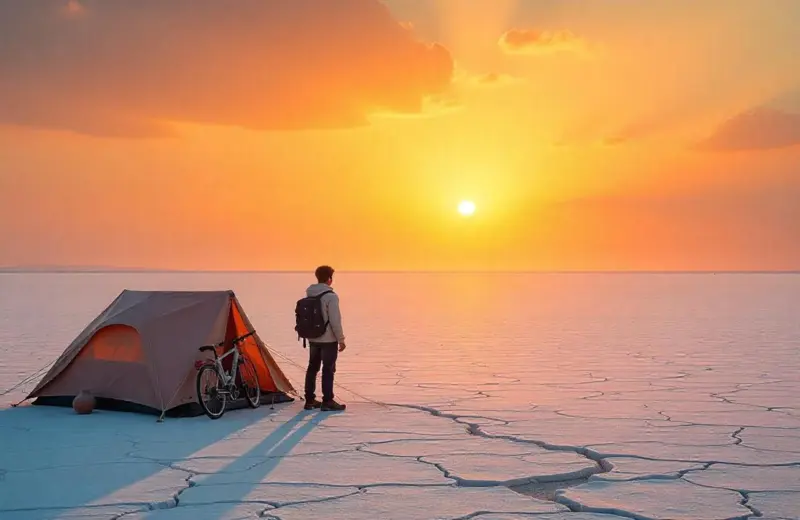
Step 5: Exploring the Rann on a Budget
The Rann of Kutch isn’t just about the salt desert—its surrounding attractions are equally mesmerizing. Here’s how to see them without overspending:
- Great Rann of Kutch: Entry is INR 100 per person (locals often charge less off-season). Skip guided tours (INR 500+) and rent a bike in Bhuj (INR 300/day) to explore at your pace.
- Dholavira: This Harappan archaeological site, 250 km from Bhuj, costs NR 40 to enter. Share a jeep (INR 200–NR 300 round trip) with fellow travelers to cut costs.
- Kala Dungar: The highest point in Kutch offers panoramic views for free. Hike up instead of taking a jeep (INR 100) if you’re fit—it’s a rewarding climb!
- Mandvi Beach: A 1.5-hour bus ride from Bhuj (INR 50) gets you to this serene shore. Pack a picnic to avoid pricey beachside stalls.
Thrifty Explorer’s Tip: Ask locals about free cultural shows or handicraft demos in villages like Nirona or Bhirandiyara. They’re often unadvertised and cost nothing to enjoy.
Step 6: Shopping Smart for Souvenirs
Kutch is famous for its handicrafts—think embroidered fabrics, mirror-work bags, and brass bells. But tourist traps can overcharge. Here’s how to shop wisely:
- Buy Direct: Visit artisan villages like Ajrakhpur or Bhujodi instead of festival stalls. A handwoven shawl might cost INR 500 vs. INR 1,200 at Dhordo.
- Haggle Kindly: Bargaining is expected—start at 50% of the asking price and settle around 70%. A smile goes a long way!
- Skip Extras: Focus on small, packable items like keychains (INR 50–INR 100) over bulky rugs unless you’re splitting shipping costs.
Budget Bonus: Many artisans offer free demos—watch them work and learn a story to share back home, no purchase required.
Step 7: Planning Your Budget Breakdown
Let’s put it all together with a sample 4-day, 3-night budget trip to Rann of Kutch in 2025 for one person:
- Transport: Train from Ahmedabad to Bhuj (INR 400) + local travel (INR 300) = INR 700
- Stay: Homestay, 3 nights (INR 1,000/night) = INR 3,000
- Food: INR 150/day x 4 = INR 600
- Sightseeing: Entry fees + bike rental (INR 500) = INR 500
- Souvenirs: INR 300
- Total: INR 5,100 (~$60 USD)
With a group of 4, costs drop to ~INR 4,000 per person by sharing transport and stays. Adjust based on your starting point and preferences!
Why Rann of Kutch in 2025?
Planning a budget trip to Rann of Kutch in 2025 isn’t just about saving money—it’s about experiencing a destination that’s still raw and unspoiled. With tourism growing, prices may rise in future years, making 2025 the sweet spot for thrifty travelers. You’ll witness a blend of nature’s stark beauty and Gujarat’s rich heritage, all while keeping your wallet happy.
So, pack light, plan smart, and get ready to stand on the edge of the world’s largest salt desert without spending a fortune. Have you started dreaming of your budget trip to Rann of Kutch in 2025 yet?

